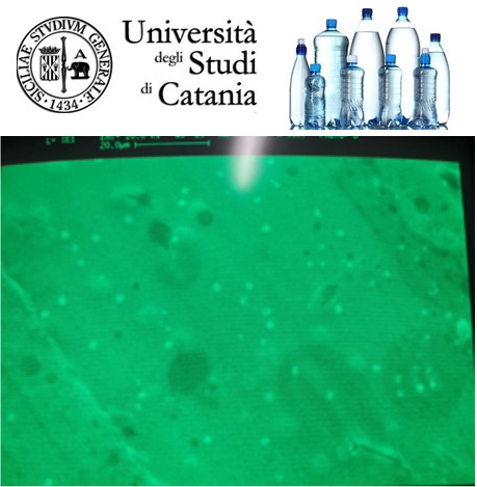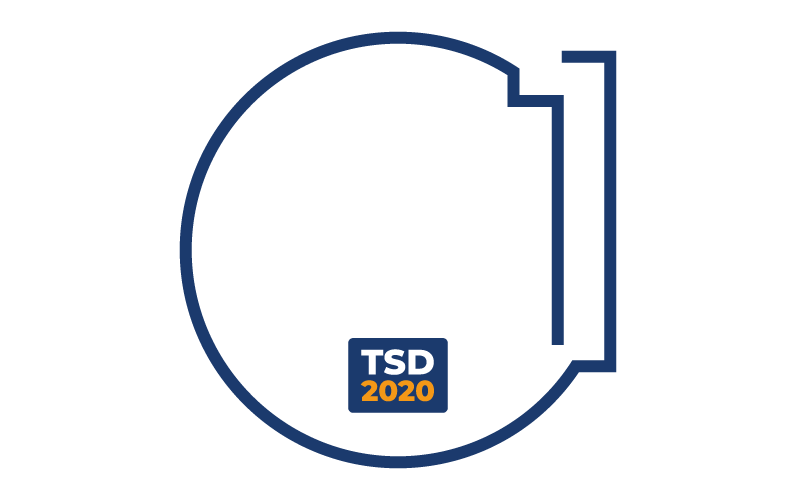The uncontrolled introduction into the environment of plastic polymers have caused the dispersion of Microplastics (MPs). MPs represent an important issue for environmental, human health and for the innovative quality checks of commercial products according to both the legal innovations and new guideline on renewed management of plastic, which the European Community is gradually defining and applying. The invention presented allows the extraction of micro- and nanoplastics including those <10 microns in organic, inorganic, solid and liquid matrices

Patent Status
PENDING

Priority Number
102018000003337

Priority Date
07/03/2018

License
INTERNATIONAL
Market
Legal improvements are in place for the implementation of food, environmental and pharmaceutical quality standards through the introduction of MPs control analysis in of vegetable origin and animal foods, medicines, liquids for e-cigs, cosmetics, all kinds of water, and for the quality control of materials: conductors, electrical, computer, aerospace and telecommunications materials. The patent will allow us to respond to these various needs quickly, effectively and economically, so there may be a few thousand tests required per year.
Problem
The current extraction techniques of MPs provides the filtration of the aqueous sample through membranes with porosity of about 1-3 µm. So, only the MPs with dimensions greater than those of the pores of the membranes can be recovered. The patent permits the wholly extraction of micro- and nanoplastics , including MPs <10 µm, without the filtration phase but by sedimentation of the particles and the recovery through a solvent with a specific weight higher than of water one. The preliminary acid digestion phase of the matrix make possible to solubilize the solid matrices of food or of human and animal biological tissues and, therefore, recover the plastic particles contained therein. The extraction and consequent analysis of the smallest plastic particles allows to estimate and evaluate the full presence of MPs for the real identification and evaluation of the impacts on the commercial quality of food products and of the various free consumption products. Moreover, it permits the evaluation of ecological and human risks due to the ubiquitous exposure to these particles. In fact, only the very small particles, i.e. less than 10 µm and in particular less than micron, are absorbed in the gastro-intestinal tract and through the lower airways and can be distributed throughout the body with a possible harmful effect on human health, but whose susceptibility absorption has also been observed to aquatic and terrestrial organisms, including plants.
Current Technology Limitations
Currently, both Fourier Transform Infra-Red Microscopy (μ-FTIR) and Raman Microscopy (μ-Raman) are employed as non-destructive techniques, these requires low amount of sample and allow to map plastics in complex samples (e.g. filters) recording a lot of chemical spectra in a reasonable amount of time. FTIR microscopes show better results analysing particles of about 20μm although some instruments, equipped with nitrogen-cooled detectors, can allow to characterize 5-10μm particles. Raman microscopy, compared to μ-FTIR, show advantages such as better spatial resolution (till the sub-micrometric range, lower water interference and narrower spectral bands. However, also, this technique has downsides such as the possible fluorescence interference and higher measurement time respect to μ-FTIR.
The patent permit the detection of sum of all micro and nanoparticle using a specific chemical extraction and Scanning Electron Microscopy coupled to Energy Dispersive X-ray (SEM-EDX) analysis not using the filtration phase. So, the recovery is wholly for also microplastics that are lost by conventional filter used in methodology until yesterday used for this determination. This methodology, currently, is the unique methodology available in the world able to detect this size range of microplastics with a minimum size of 0.1 μm. This innovative methodology is also applicable to microplastics >10 μm.
Killer Application
The main applications of this technology are:
Implementation of food, environmental and pharmaceutical quality standards, cosmetics, mineral water, water intended for human consumption, groundwater, surface water, marine water, swimming pool and aquaculture tank water, urban and industrial wastewater, liquid waste.
Improvement of conductive metallic materials for applications in the fields of electrical engineering, information technology, telecommunications.
Quality controls for plastic structures dedicated to aerospace engineering.
Applied biomedical research.
Industrial address research
Our idea is to propose the method to quality control agencies and government bodies so that the evaluation of these contaminants becomes mandatory in various fields in order to improve the quality of life both from the point of view of public health and from the point of view of view of the technological vision.
Our Technology and Solutions
The method involves several simple steps:
1) Acid digestion of the sample in which said acid digestion step is carried out with strong acid for at least 24 hours at a temperature of 60 ° C;
2) Extraction of the microparticles in the liquid phase in which the stage of extraction of the MPs in the liquid phase involves the addition of an apolar halogenated solvent in the sample, subsequent centrifugation at 4000 rpm for 15 minutes, obtaining an aqueous phase and an organic phase , separation of the aqueous phase from the organic phase, further addition of apolar halogenated solvent to the aqueous phase, further centrifugation at 4000 rpm for 15 minutes, reunion of the organic phases, dry evaporation of the organic phase at a temperature of 70 ° C, and suspension in acetonitrile of the extract;
3) Dispersion of the extract on an aluminum stub or in a glass or quartz support;
4) Identification and quantification of micro and nanoplastics;
5) The LOD of the invention is 0.1 µm
Advantages
This technology allows you to perform the analysis of MPs quickly and cheap, and also, it allows you to obtain the real estimate of MPs present in the matrix with important implications for health, ecological, industrial research, etc. The analysis could be automated and specifically the use of the SEM-EDX could be managed by specific software. In itself, SEM electron microscopy with EDX detector has low costs compared to the techniques considered today. The technology can be used for various types of matrices.
Roadmap
The production of a marketable kit will require further investments and above all:
- Automated platform for the extraction and recovery of MPs,
- Shareable databses for the collection of concentration data and – characteristics of MPs in food, drugs, environment, man, etc.;
- Company that deals with packaging and its sale both nationally and internationally.
TRL
Il team









